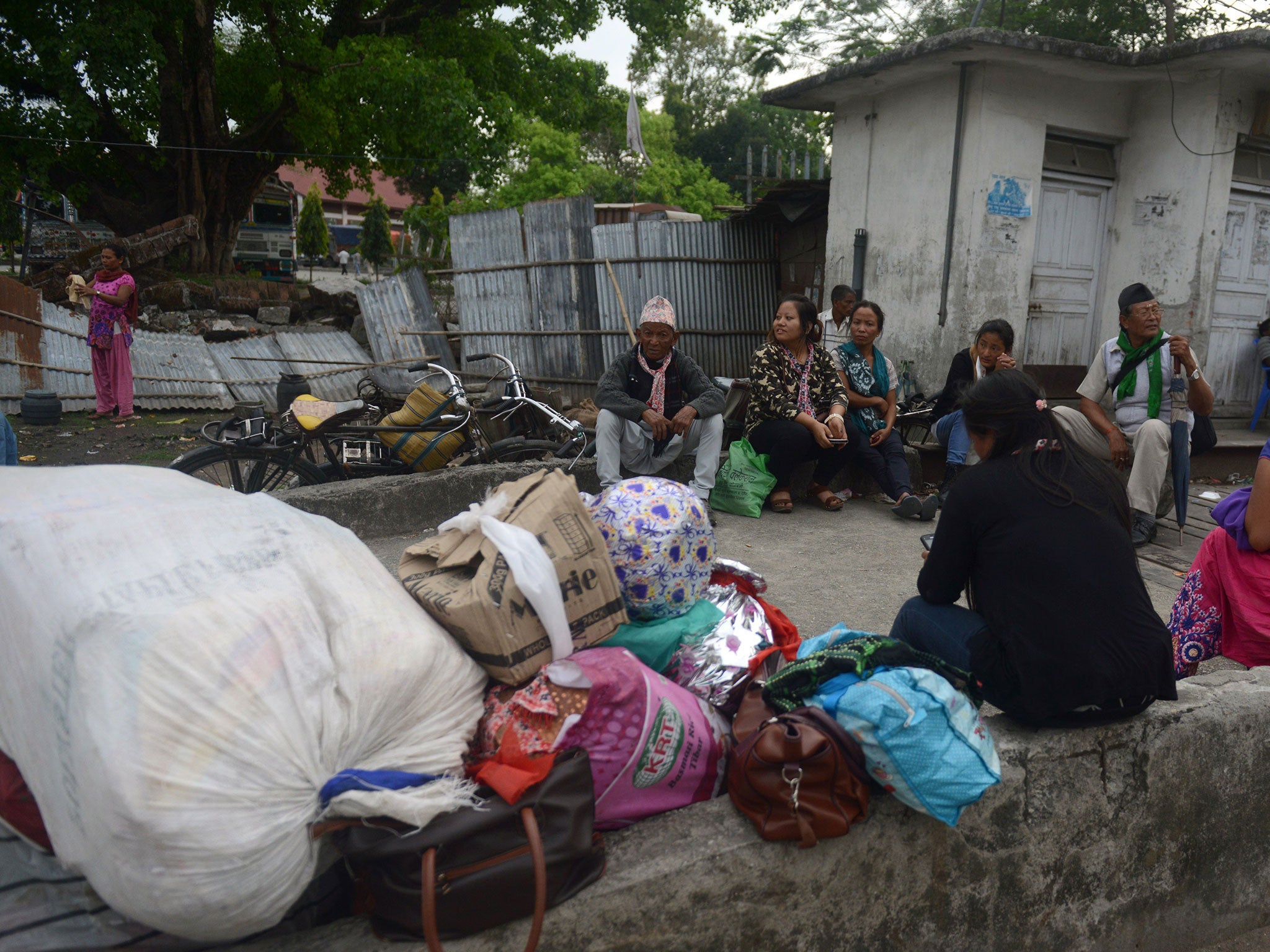Nepal earthquake deaths: We still don't know the fate of two million people near the quake
There are few roads there, most impassable from landslides, and helicopter reports suggest devastation

The Nepal earthquake was expected. For 15 years seismologists warned of growing tension along the Nepal-Bihar faultline, which snaps at least once a century. They feared a repeat of the 1934 disaster that killed 12,000, a sixth of the population, including the daughters of the King and Prime Minister. Now 2.5 million people are crammed into the Valley. Would the honeycomb of fragile, hastily built homes collapse? Would only the solid, historic buildings survive?
When the quake struck the opposite happened. The squares, temples and palaces in the historic kingdoms are reduced to rubble.
I’ve worked with mother-and-child health projects in Nepal for 30 years. I’ve witnessed the country’s death rates halve and literacy rates double.
My colleague Dr Naomi Saville has lived in Nepal for 20 years with her husband, Narayan Acharya, and their children. Narayan had built the family a rammed-earth, earthquake-proof house, outside the city near the Botanic Gardens, using traditional local craftsmen. The house is undamaged.
Now they sleep in their garden with neighbours, under tents and tarpaulins. The earthquake alarm rings from the continuous tremors as they cook rice and lentils on an open stove for 30 people. On 25 April their housekeeper, Niru, lost six of her family, whose house collapsed a few miles away. Another neighbour’s only son was fatally crushed by masonry.
The true scale of Nepal’s suffering is yet to emerge. We don’t know what has happened to the 2 million living on subsistence farms in scattered mountain hamlets on top of the shallow epicentre when tectonic plates shifted below their rice terraces. Helicopter reports suggest devastation. There are few roads there, most impassable from landslides.
Professor Anthony Costello is director of the UCL Institute for Global Health and founder director of the charity Women and Children First.
Join our commenting forum
Join thought-provoking conversations, follow other Independent readers and see their replies
Comments